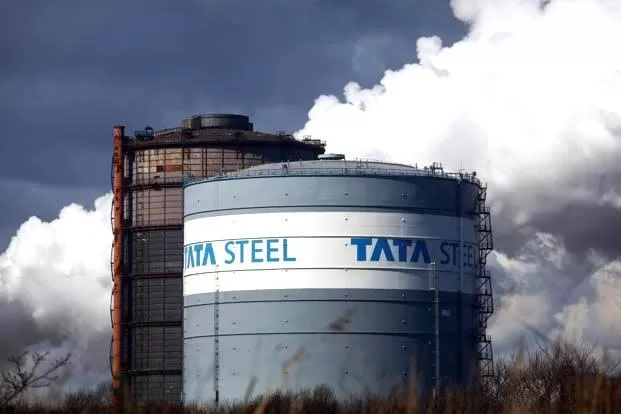Tata Steel recently signed an agreement that will foresee the instalment of a new pickling line at its Port Talbot site in Wales. Tata’s latest move will offer 50% more capacity than the existing line. As revealed by the company’s April 9 announcement, the new equipment at the Port Talbot Overhaul project will boast an annual capacity of 1.8 million metric tons. Furthermore, it will employ up to 220 people during construction.
Port Talbot Overhaul Factsheet
Transition to green steelmaking: The central element of the overhaul is the replacement of the traditional coal-fired blast furnaces with a new, 3 million tonne per annum (Mtpa) capacity electric arc furnace (EAF).
Cost: The project represents a significant investment of £1.25 billion, with the UK government contributing £500 million and Tata Steel covering the remainder. This is described as the most significant investment in the UK steel industry in decades.
Timeline: Enabling works for the new EAF are expected to have started in the first quarter of 2025, with the main construction works commencing in the third quarter of 2025. The electric arc furnace is projected to be operational by late 2027 or early 2028. The project is anticipated to take around three years to complete.
Infrastructure changes: The project involves the demolition of existing buildings and structures associated with the blast furnaces and the construction of the new EAF facility, including two new Ladle Metallurgy Furnaces for refining steel quality, and associated infrastructure.
Government support: The UK government has established a Transition Board with £100 million in funding (£80 million from the government and £20 million from Tata Steel) to support affected workers, businesses in the supply chain, and the wider community through skills training, job-seeking initiatives, and local regeneration projects.
Also read: Skanska to design and manage the £1.25bn low carbon steelmaking scheme by Tata Steel in South Wales
Commissioning Date of the Line
A source within the company revealed that Tata expects to commission the line in Q4 2027. They also revealed that the previous pickling line possessed an annual capacity of 1.2 million metric tons. Pickling lines use acid baths to descale hot-rolled coil and remove other impurities before the material undergoes cold rolling.
Design and Supply of Mechanical Process Equipment
French company Clecim has been tasked with designing and supplying the mechanical process equipment for the line. Also, a Swedish company will provide the electrification and automation technology, Tata said. “With the pre-engineering phase completed, both companies are now moving forward with detailed engineering,” the company added.
The work is part of Tata Steel’s £1.2 billion ($1.56 billion) project to change Port Talbot to green steelmaking. This will be achieved by replacing its two blast furnaces and converter shop with two electric arc furnaces, or EAFs.
Key Timeline to Note
Tata is expected to commission the new furnaces by 2027. It also expects they will have a listed crude steel capacity of 3.5 million metric tons per year. This is more than 30% lower than the 5 million metric tons previously produced via the blast furnace/basic oxygen furnace route.
However, in the year 2022, the plant produced less than half that volume, pouring just 2.2 million metric tons. Tata was also forced to shut down Port Talbot’s blast furnaces and close the converter shop in 2024. The company planned to bring in slab from other sites. This will serve to continue rolling operations while replacement work on the hot end was underway.
There will be more than just replacing the blast furnaces and basic oxygen converter with EAF technology. It will entail other planned upgrades at Port Talbot like the installation of the new pickling line. There will also be upgrading the continuous slab caster, and lastly modernizing the hot strip mill.
Also read: Barrow EnergyDock Plans Unveiled, UK’s Largest Floating Solar Project

